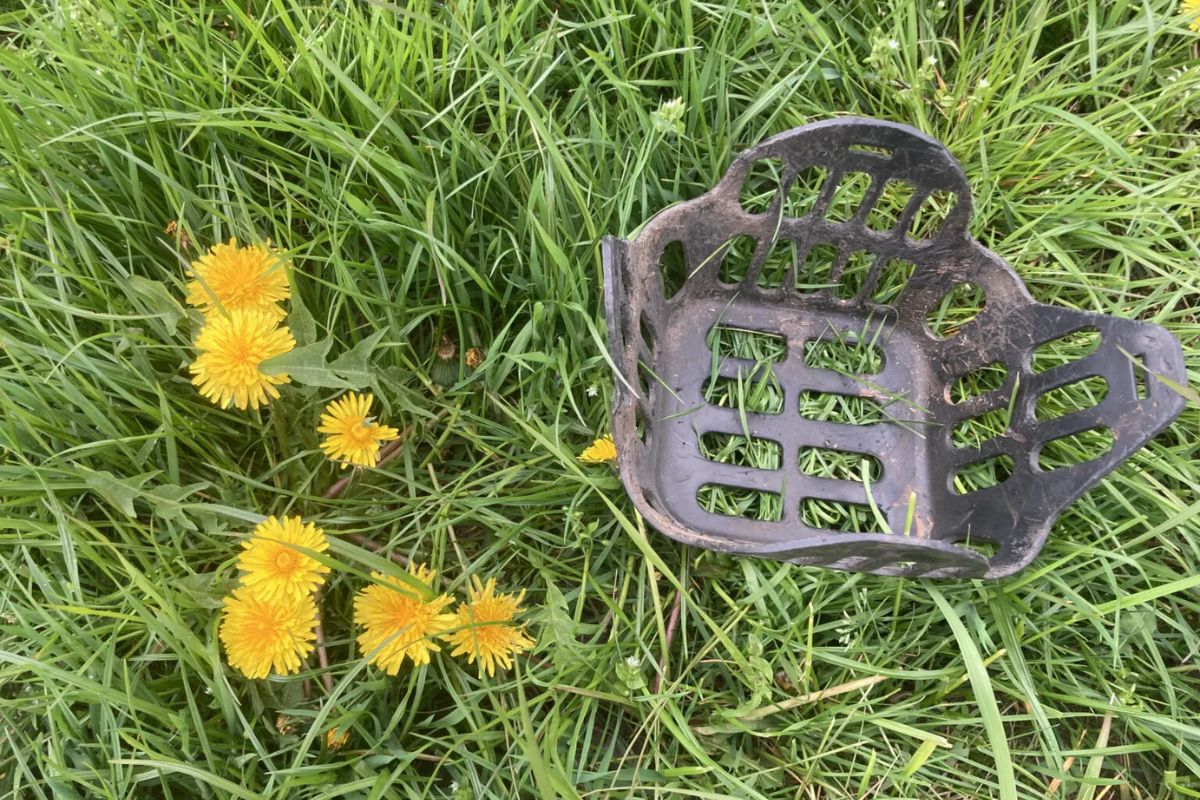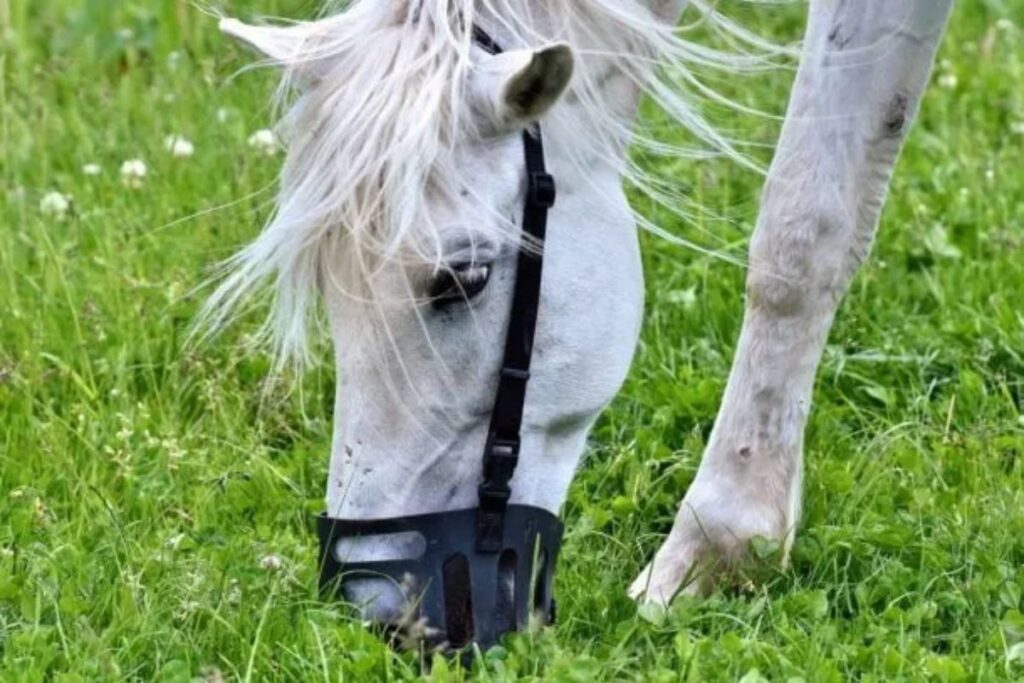Menu

For some horses, spring and summer mean the use of grazing muzzles, which significantly reduce the amount of grass the horse can consume. A muzzle could be a solution if your horse tends to put on weight over the summer, or is at risk of laminitis. In fact, a correctly fitted muzzle can limit a horse's grass intake by up to 70%. Here are eight considerations you may find beneficial before investing in a grazing muzzle for your horse.
Muzzles can be relevant for many types of horses. Even though it's often draft horses, such as Fjord horses, that wear muzzles because they often tolerate the sugar content in grass poorly, there could be situations where other types of horses could also benefit from a muzzle. If you cannot gradually introduce your horse to grazing, a muzzle can be a good starting point to attempt to limit your horse's grass intake during the initial period on pasture.
Read also: Spot the horse’s sunburn and give first aid to the scalded muzzle
Some horses may experience stress when their grass intake is suddenly drastically reduced. Therefore, you may wish to introduce the muzzle to your horse slowly over a week. Keep an eye out for whether your horse begins to become aggressive or stops eating entirely when it has the muzzle on.
There are muzzles that you can fit to your horse's normal head collar with accompanying straps. You can also buy muzzles where the muzzle and head collar are together in one piece. Try out what works best for your horse. Moreover, you can get muzzles in both nylon and rubber. Often the bottom of the muzzle will be made of either neoprene or rubber, as it is most appropriate for the horse's teeth.
Even though your horse is wearing a muzzle, you must ensure that it can both eat and drink with it on. This means that there should be about 1-1.5 cm distance from the muzzle to the horse's muzzle, and in general, there should ideally be 1-2 cm of space all around the muzzle. This way, the horse can still open its mouth without affecting its breathing. It can also minimize chafing sores, and the horse can still drink water. Moreover, you might find your horse is eating grass out through the sides if the muzzle is not fitted correctly.
If the muzzle is due to your horse needing to lose weight or not tolerating sugar in the grass well, you can let your horse go without the muzzle for a few hours. But you need to be very aware of when during the day your horse is without a muzzle, as the weather greatly affects the sugar content in the grass. A rule of thumb is that you can take the muzzle off when it is in a paddock (or is stabled) if it is partially on grass. If your horse is on grass all day, you might consider taking the muzzle off on a warm and overcast day or a warm night. Sunlight is what causes sugar in the grass, where heat primarily promotes growth, but keep an eye on the weather forecast when you give your horse breaks from the muzzle.

If your horse is wearing a muzzle, you must daily check that all straps and the like are correctly tightened. You need to make sure that the muzzle is not rubbing the horse and causing sores - for example, if it has broken and can cause damage to either your horse or other horses with sharp edges. The muzzle can cause sores at the end of the muzzle and you also risk the halter rubbing either the side of the horse's head or the lower lip. Additionally, the muzzle can cause damage to the horse's teeth.
This is another reason why you might consider whether your horse should have some hours without the muzzle. A significant part of a horse's socialisation takes place through its muzzle, where they nuzzle, rub, and nip each other, and this becomes more difficult with a muzzle on. However, it's worth bearing in mind that a muzzle could allow your horse to be in the field with other horses, as opposed to having to be alone or with fewer horses in a smaller paddock.
Read also: Spring grass and sugar
If your horse needs to lose weight, for example, you cannot just assume that your horse will lose weight if it wears a muzzle. The muzzle is only one of many measures. This means that if the muzzle is to have full effect, it must be accompanied by correctly adjusted feeding and lots of exercise. You must not starve the horse! Even though it is wearing a muzzle, it should have access to forage and be given vitamins and minerals.
We hope you can use these tips and that they have given you some insight into how you can potentially help your horse through spring and summer with a muzzle on.
Have a great summer!